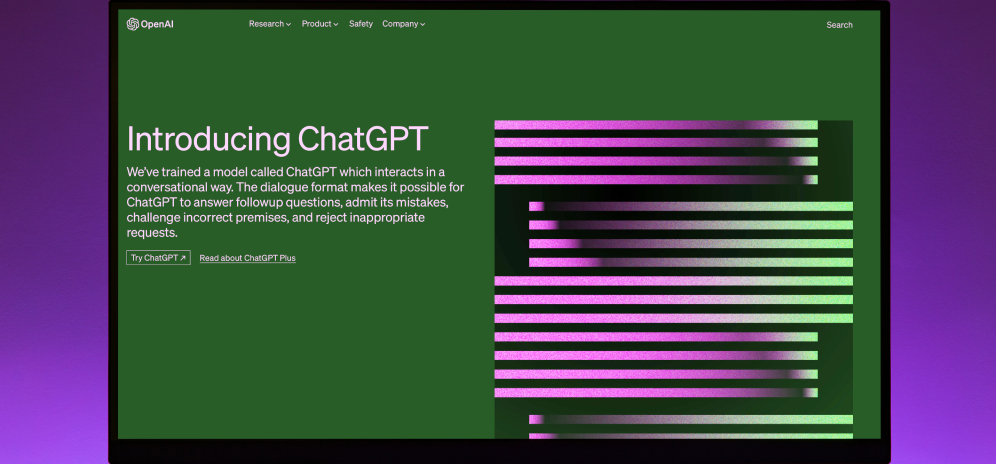
In an era where digital interactions are becoming increasingly prevalent, artificial intelligence (AI) has made significant strides in enhancing the way we communicate. One remarkable advancement is Chat GPT, a language model developed by OpenAI. Built upon the GPT-3.5 architecture, it has proven to be a groundbreaking AI technology capable of engaging in natural, human-like conversations. In this blog, we will delve into the fascinating world of Chat GPT and explore how it is revolutionizing our conversations.
Understanding Chat GPT
Chat GPT is an advanced AI language model that leverages deep learning techniques to generate coherent and contextually relevant responses in text-based conversations. Trained on a vast amount of internet text, including books, articles, and websites, it possesses a remarkable ability to understand and generate human-like language patterns.
Conversational Abilities
One of the most impressive aspects of Chat GPT is its capacity for conversation. Unlike traditional chatbots, which often rely on pre-programmed responses, it utilizes a more dynamic approach. It analyzes the context provided by the user’s message and generates a response based on its understanding of the input.
The model can converse on a wide range of topics, including science, history, and technology, and even engage in creative writing or storytelling. With each response, it aims to provide informative and contextually appropriate replies, fostering meaningful and engaging interactions.
Limitations and Ethical Considerations
While Chat GPT offers remarkable conversational capabilities, it is essential to acknowledge its limitations and address ethical concerns. As an AI language model, it lacks genuine human understanding and consciousness. It generates responses based on patterns and examples present in its training data, which may sometimes result in inaccurate or biased information.
OpenAI recognizes the need to address biases and strives to improve the system’s performance continually. They actively seek user feedback and encourage users to report problematic outputs to enhance the model’s accuracy and fairness.
Practical Applications
Chat GPT has a wide range of potential applications across various industries. Here are a few examples:
- Customer Support: Chat GPT can provide automated and efficient customer support by responding to common queries, troubleshooting issues, and guiding users through processes.
- Personal Assistant: Chat GPT can serve as a virtual personal assistant, scheduling appointments, answering questions, and offering suggestions or recommendations.
- Language Learning: It can facilitate language learning by engaging in conversations with users, providing language practice, and offering explanations.
- Content Creation: Writers and content creators can leverage it for brainstorming ideas, generating creative content, or receiving feedback on drafts.
- Educational Tool: It can assist students with their queries, explain concepts, and provide additional learning resources.
Conclusion
Chat GPT represents a significant milestone in the development of AI-driven conversational systems. Its ability to generate contextually relevant and coherent responses has the potential to transform the way we interact with technology. While it has its limitations, ongoing efforts to address biases and improve accuracy are indicative of a commitment to responsible AI development.
As this AI technology continues to evolve, it is crucial to foster a dialogue about the responsible and ethical deployment of such systems. By leveraging the power of Chat GPT while being mindful of its limitations, we can unlock its full potential to enhance our conversations and enrich our lives.







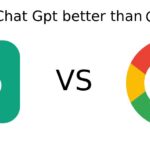

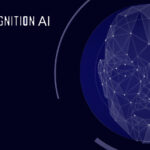
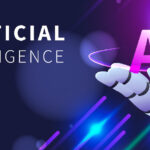


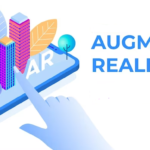

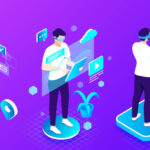


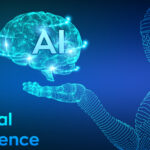


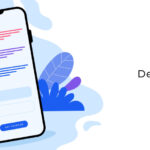

















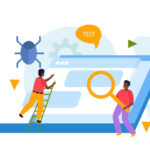





Recent Comments